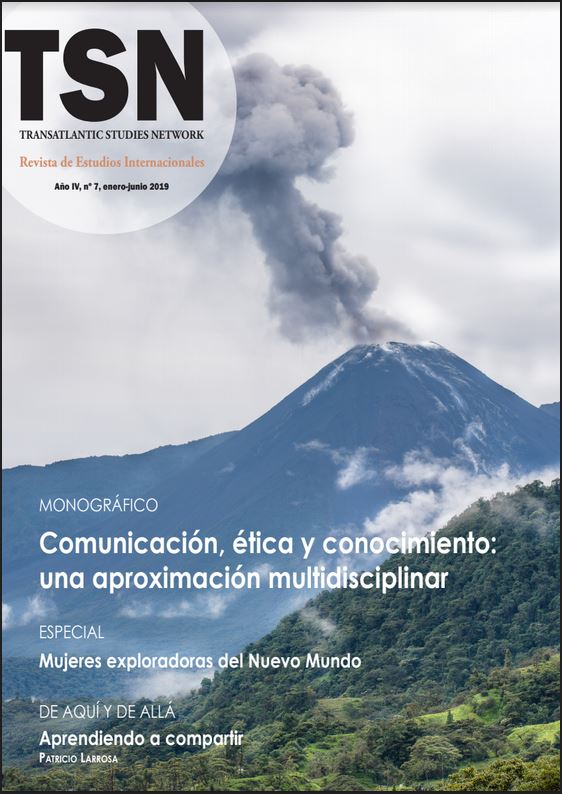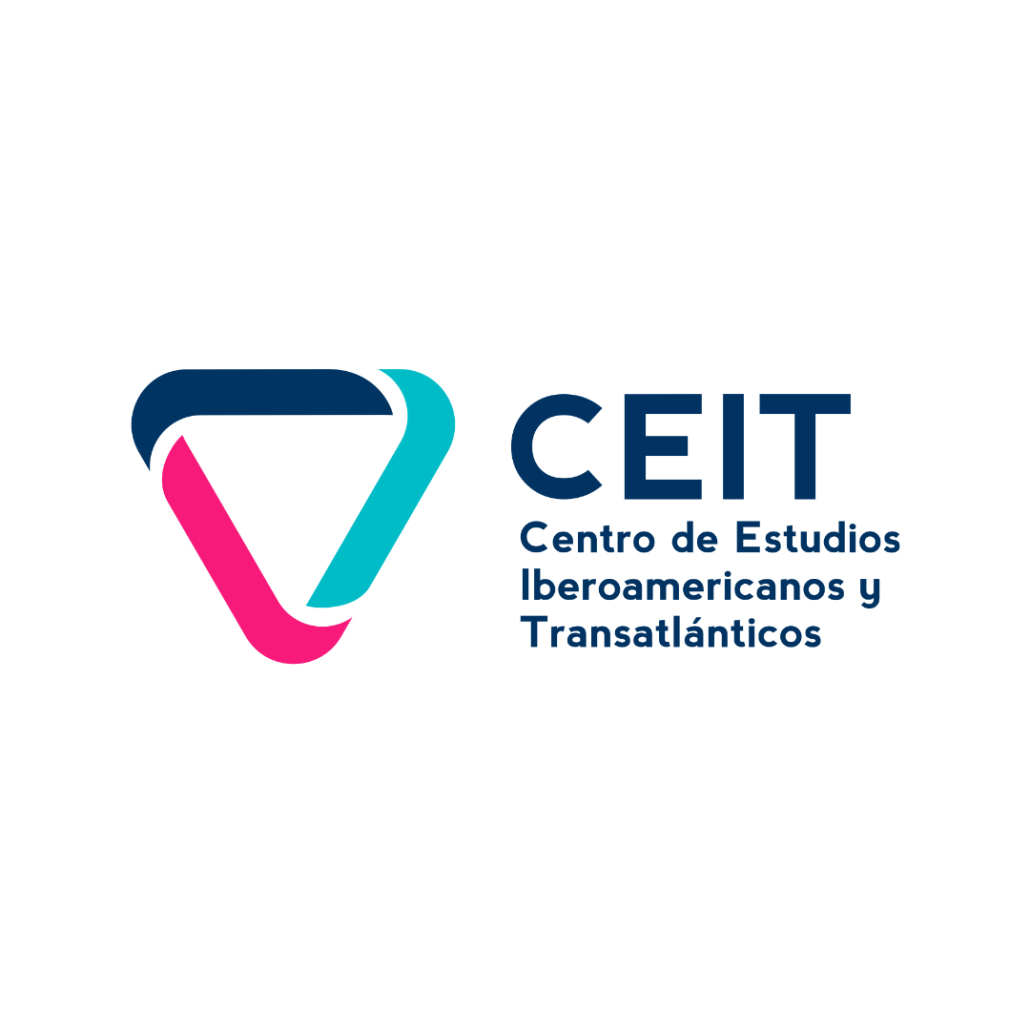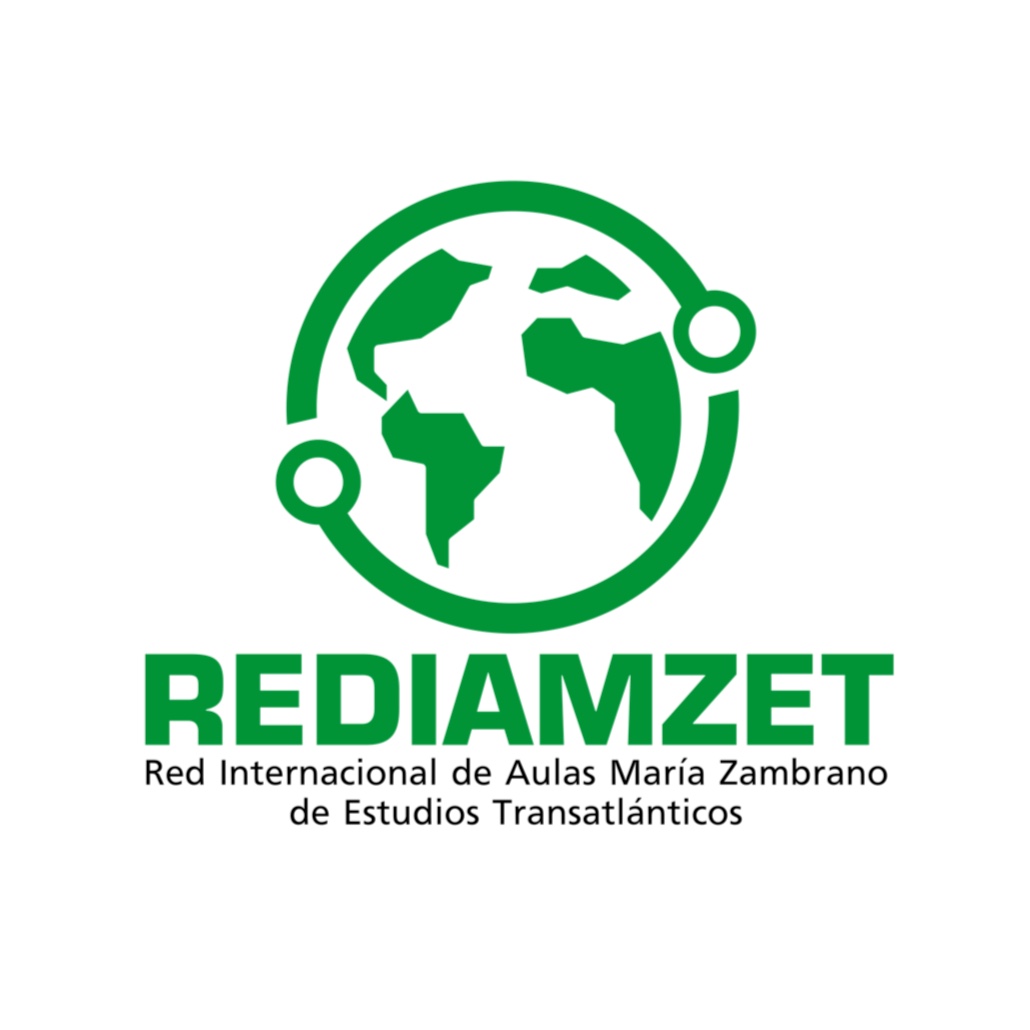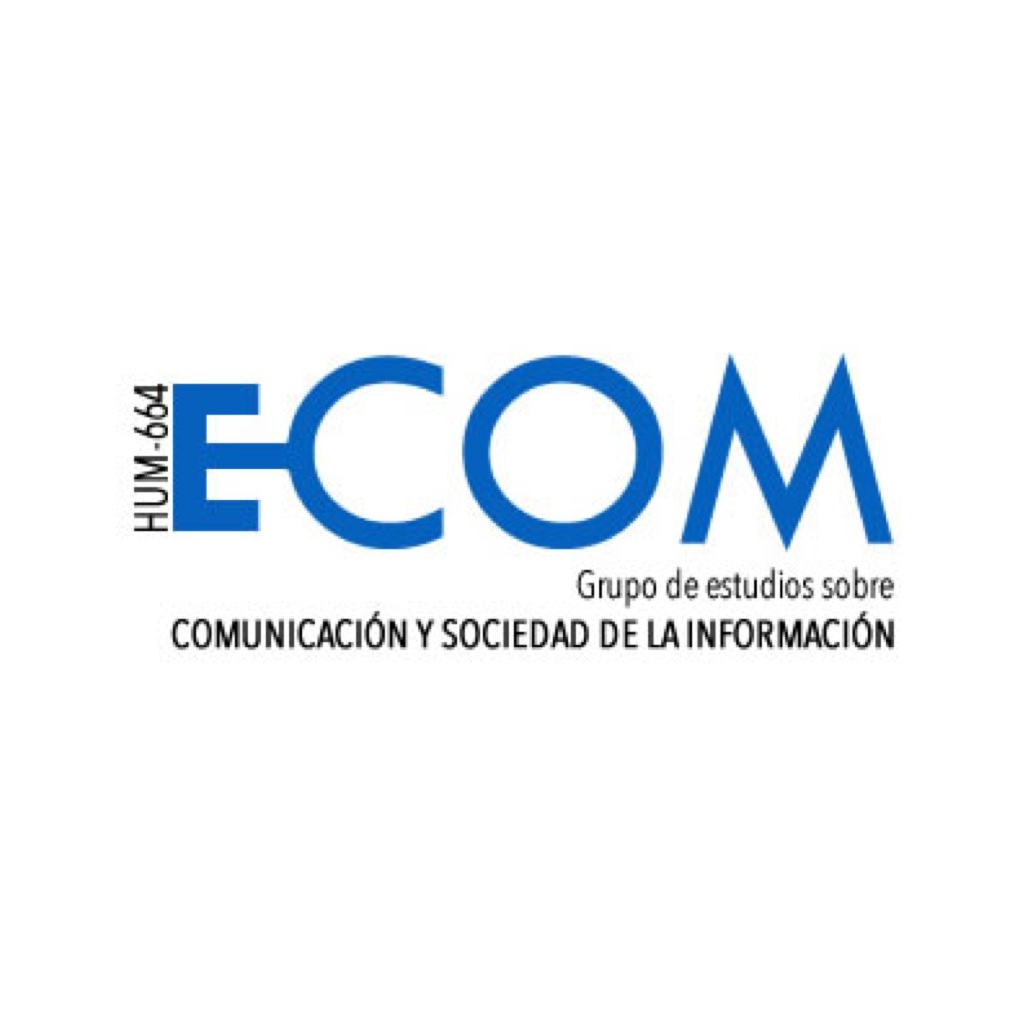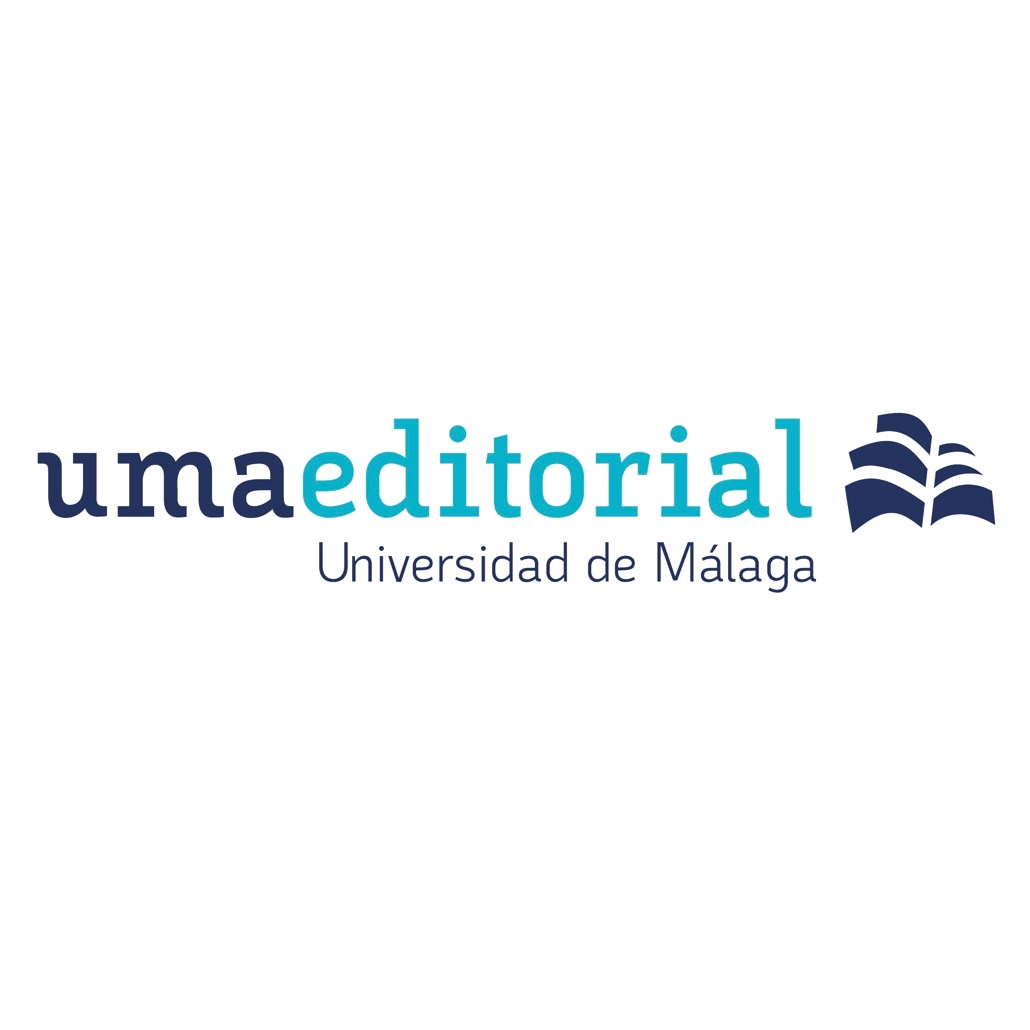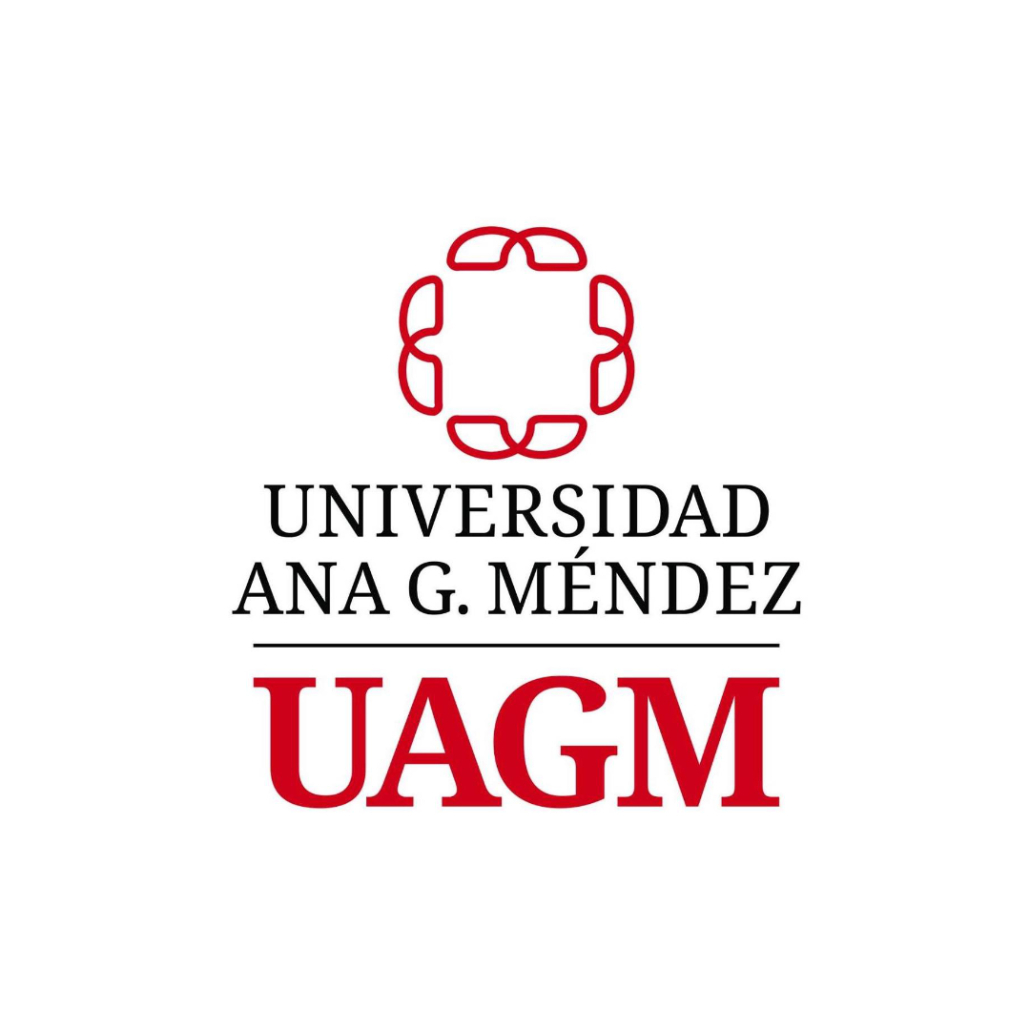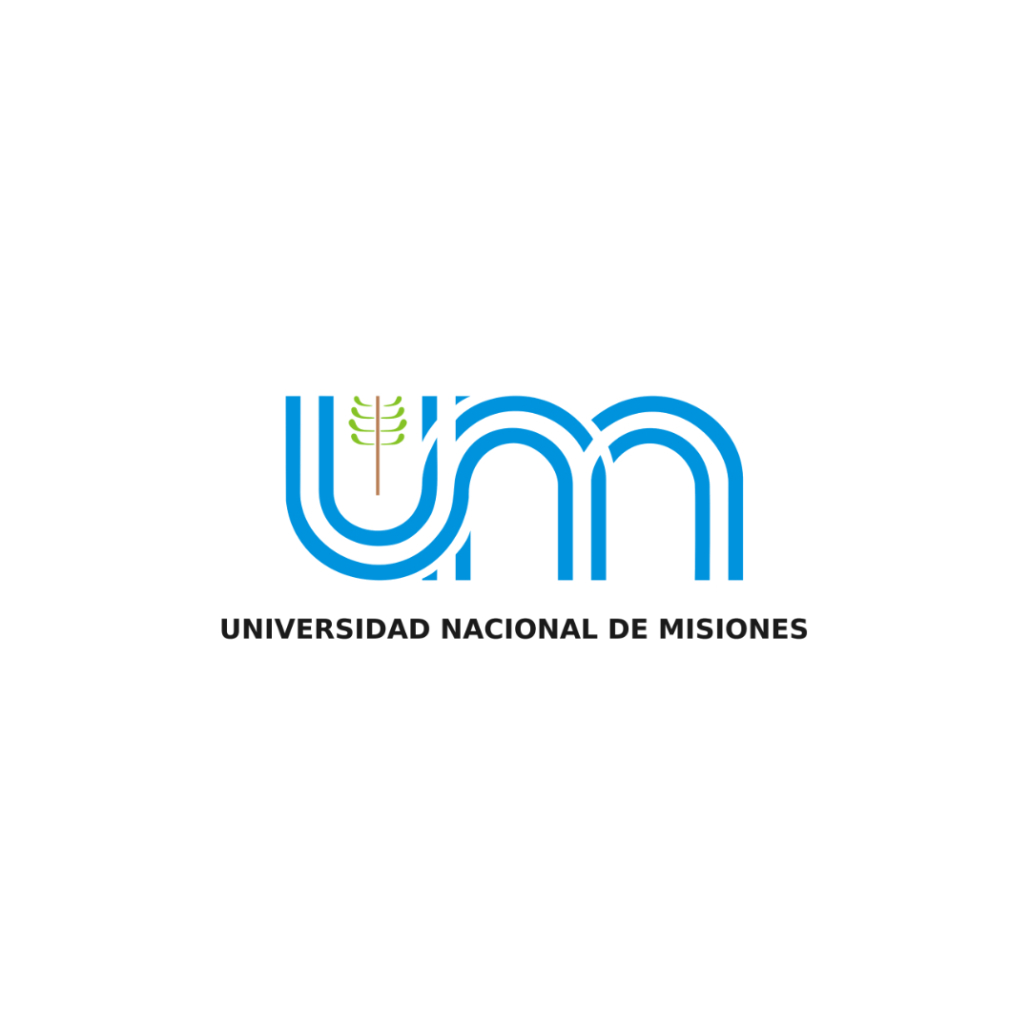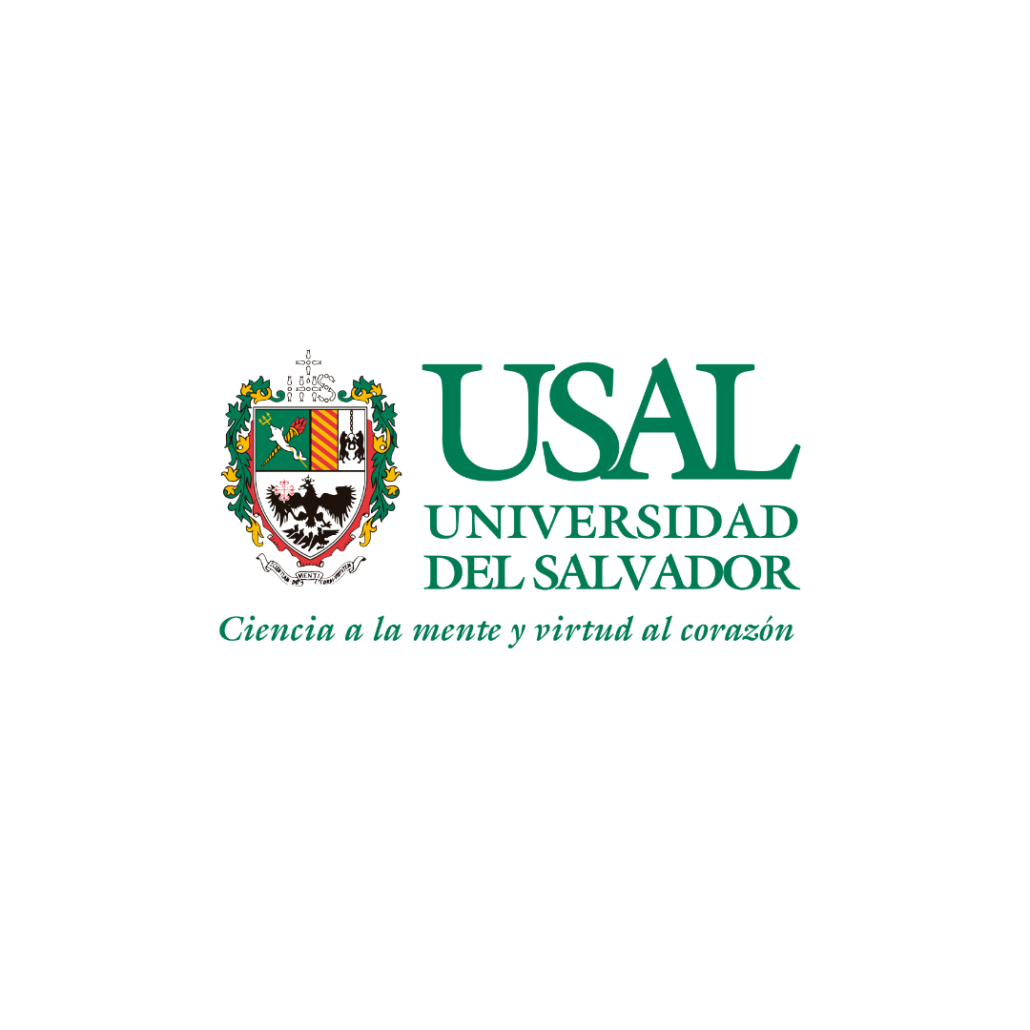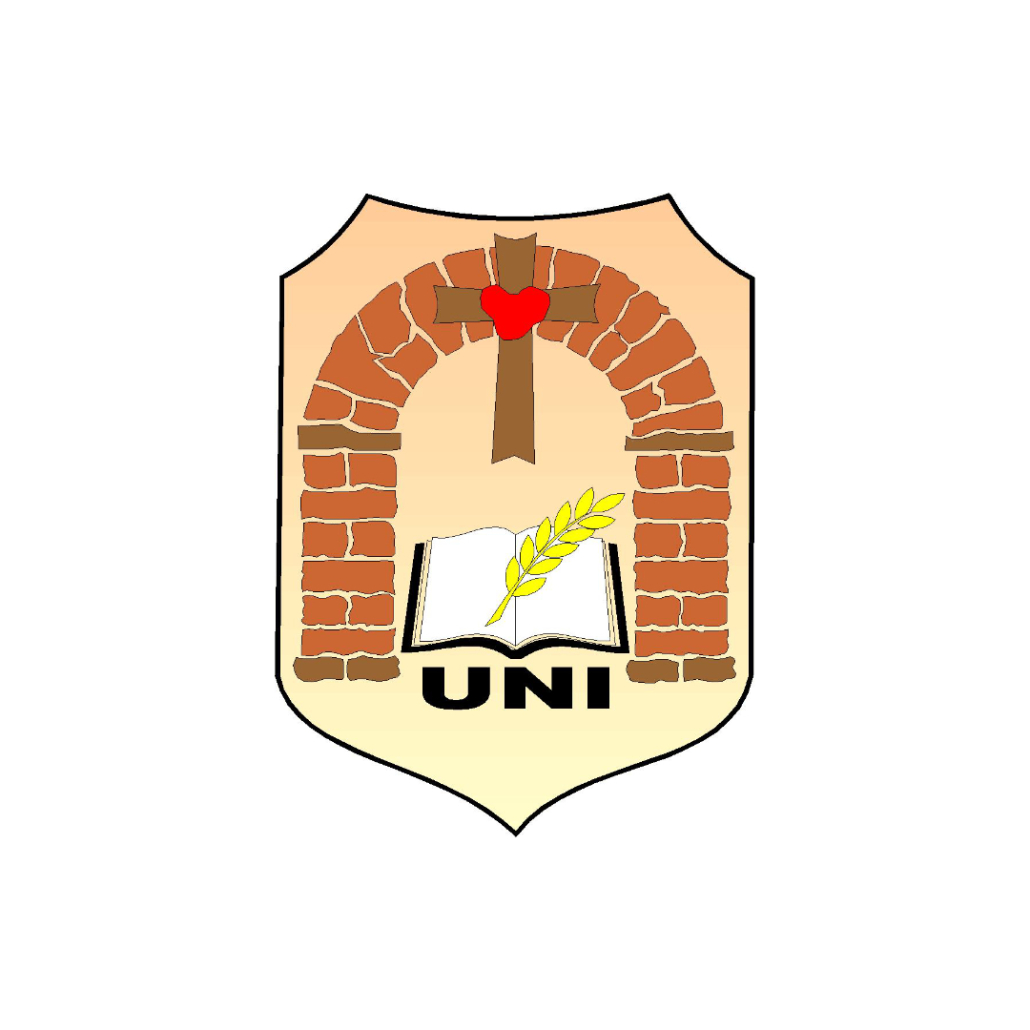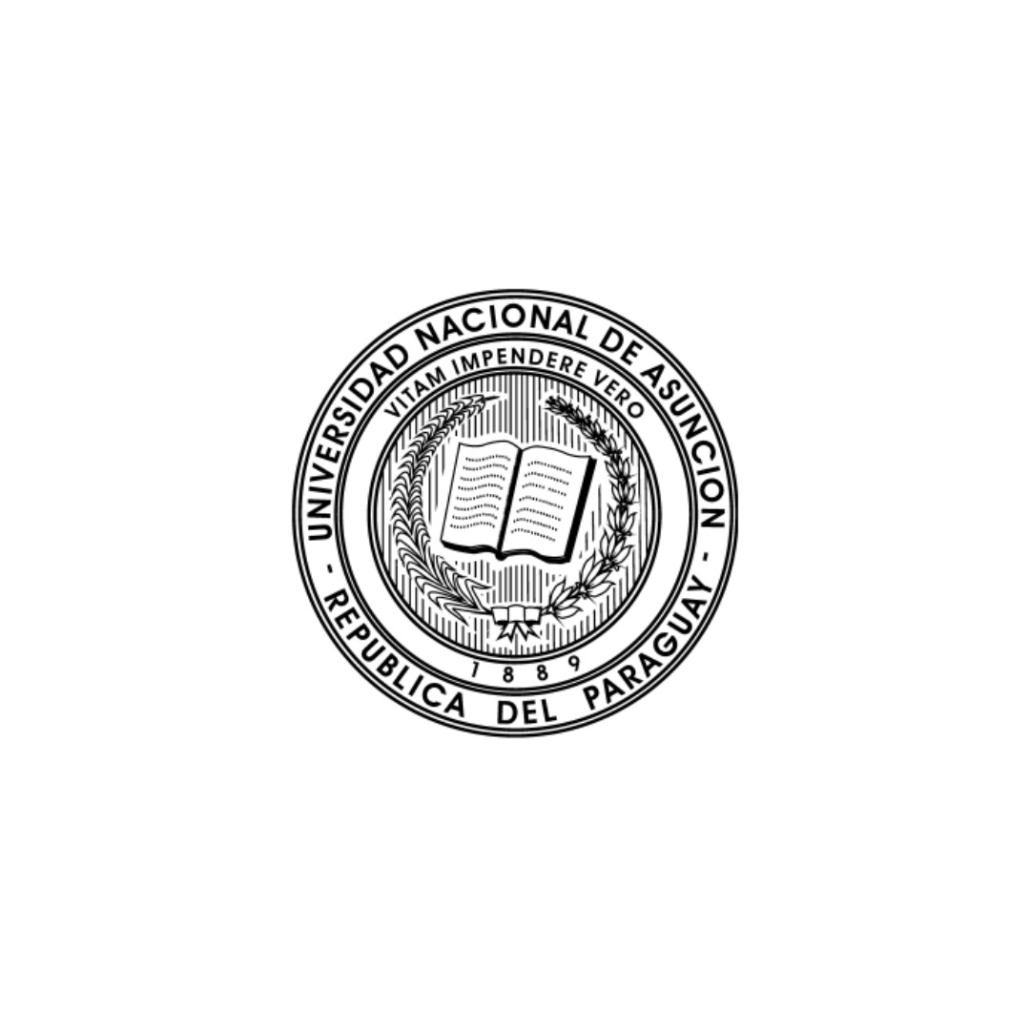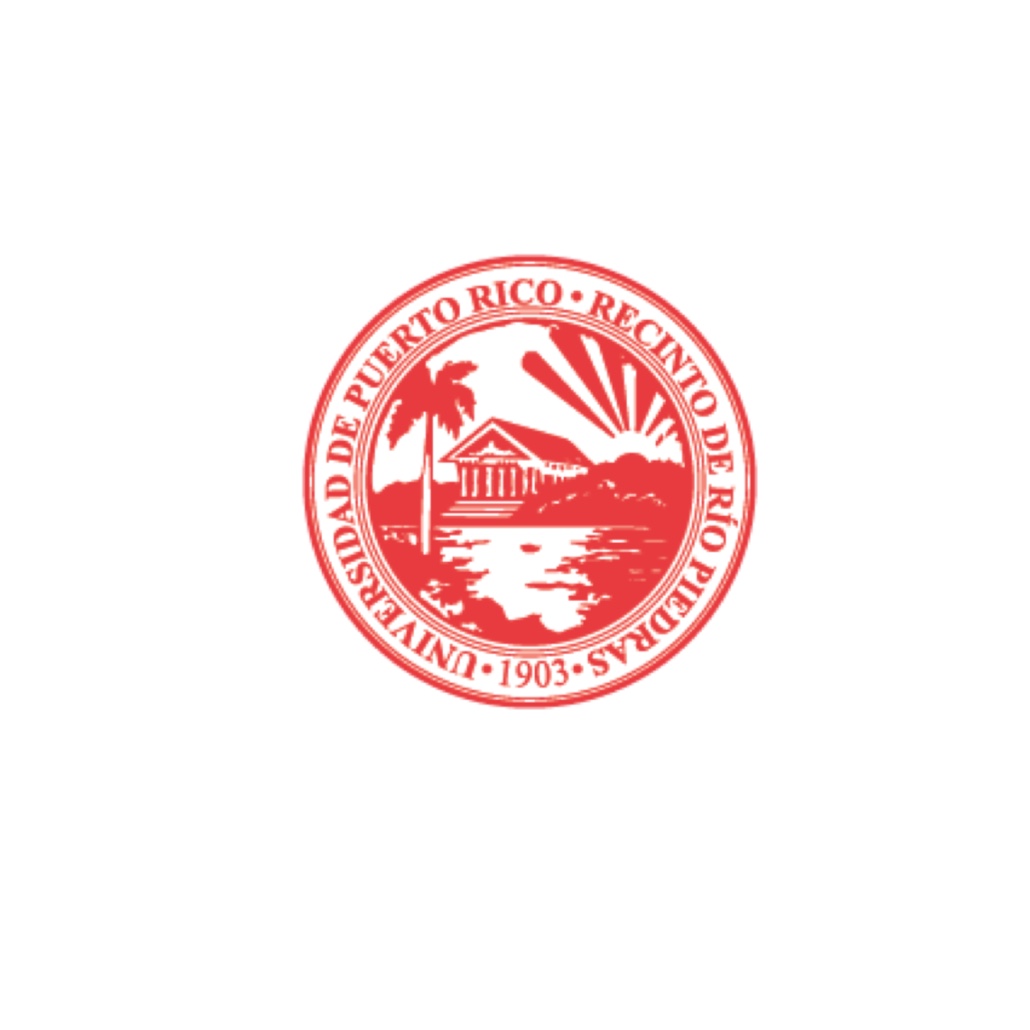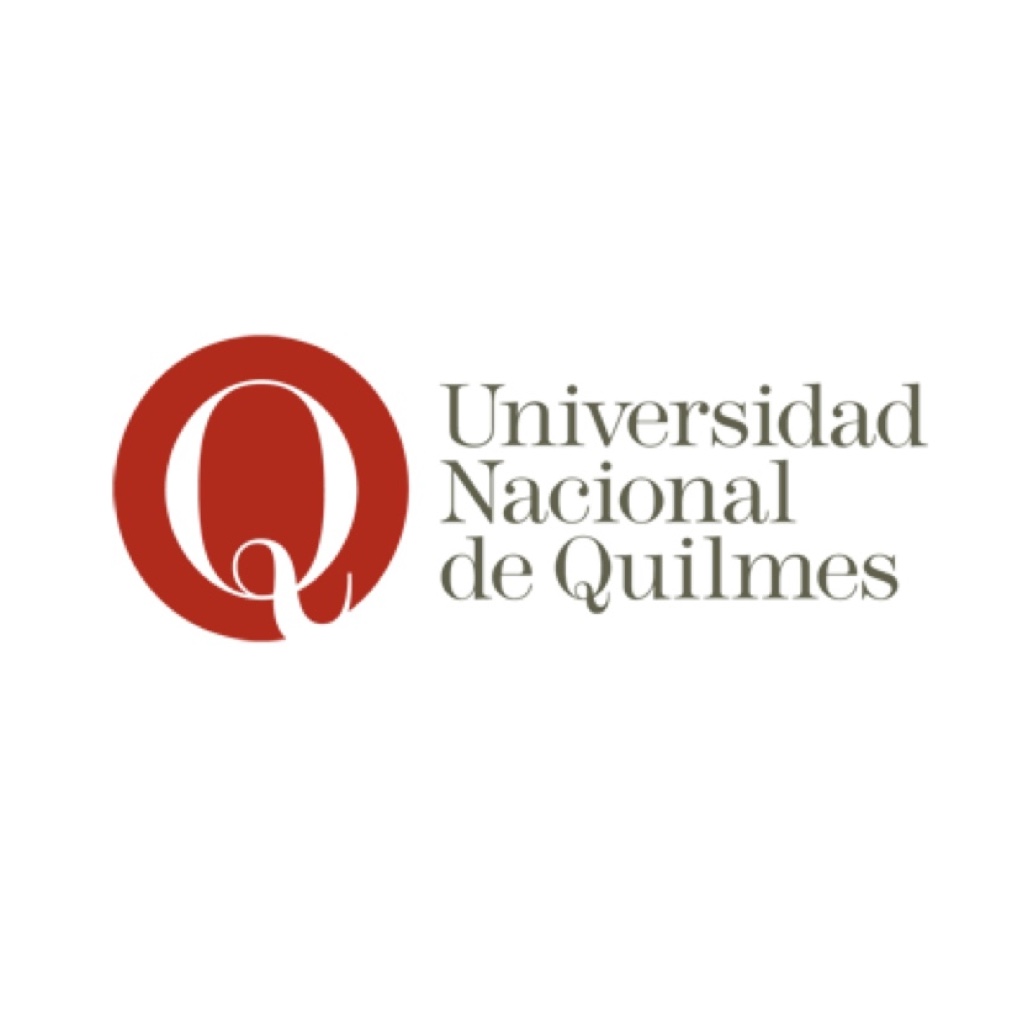La falacia del punto medio en el debate público
Palavras-chave:
Retórica, argumentación, falacia, medios de comunicación, debateResumo
Para Aristóteles la virtud se encuentra en el punto medio entre dos extremos, que son dos vicios —uno por exceso y otro por defecto—. El punto medio, mesotés, representa la postura de la moderación. Sin embargo, la teoría del punto medio es un tópico que puede constituir una falacia argumentativa. Kelsen señaló que la geometría solo puede dividir una recta en dos partes iguales sabiendo antes cuáles son los dos puntos extremos. Aparentemente, la doctrina del punto medio nos permite encontrar la solución más virtuosa a un problema, pero puede servirnos para dar una apariencia de racionalidad (de cálculo) a una posición comúnmente aceptada. Mediante esta operación se elude el debate sobre el fondo y se hace parecer desmesuradas a las partes adversarias. La apelación al punto medio es un tópico del debate público que puede emplearse en cualquier problema en el que pueda establecerse una posición a favor, otra en contra y otra entre ambas. Un ejemplo de actualidad es el debate sobre la prostitución. La libre fijación de los extremos permite justificar cualquier conclusión.
Downloads
Métricas
Referências
Aristóteles (1970): Ética a Nicómaco. Madrid: Instituto de Estudios Políticos.
— (1971): La retórica. Madrid: Instituto de Estudios Políticos.
Atienza, M. (2013): Curso de argumentación jurídica. Madrid: Trotta.
Cicerón, M. (1951): «Diálogos del orador», en Obras escogidas. Buenos Aires: Librería el Ateneo.
— (1997): La invención retórica. Madrid: Gredos.
— (2004): El orador. Madrid: Alianza.
Gadamer, H. (2013): Verdad y método. Salamanca: Sígueme.
Isidoro de Sevilla (1951): Etimologías. Madrid: Biblioteca de Autores Cristianos.
Kelsen, H. (2006): ¿Qué es la justicia? Barcelona: Ariel.
Nussbaum, M. (1995): Justicia poética. Boston: Andrés
Bello.
Perelman, C. (1979): La lógica jurídica y la nueva retórica.
Madrid: Civitas.
Quintiliano, M. (1887): Instituciones oratorias. Madrid: Padres de las Escuelas Pías.
Schopenhauer, A. (2002): El arte de tener razón. Madrid:
Alianza.
Vega Reñón, L. (2003): Si de argumentar se trata. Montesinos: Ediciones de Intervención Cultural.
Walton, D. (1989): Informal Logic. A Handbook for Critical Argumentation. Cambridge: CUP.
Downloads
Publicado
Como Citar
Edição
Seção
Licença
Copyright (c) 2024 TSN. Transatlantic Studies Network

Este trabalho está licenciado sob uma licença Creative Commons Attribution-NonCommercial-ShareAlike 4.0 International License.

